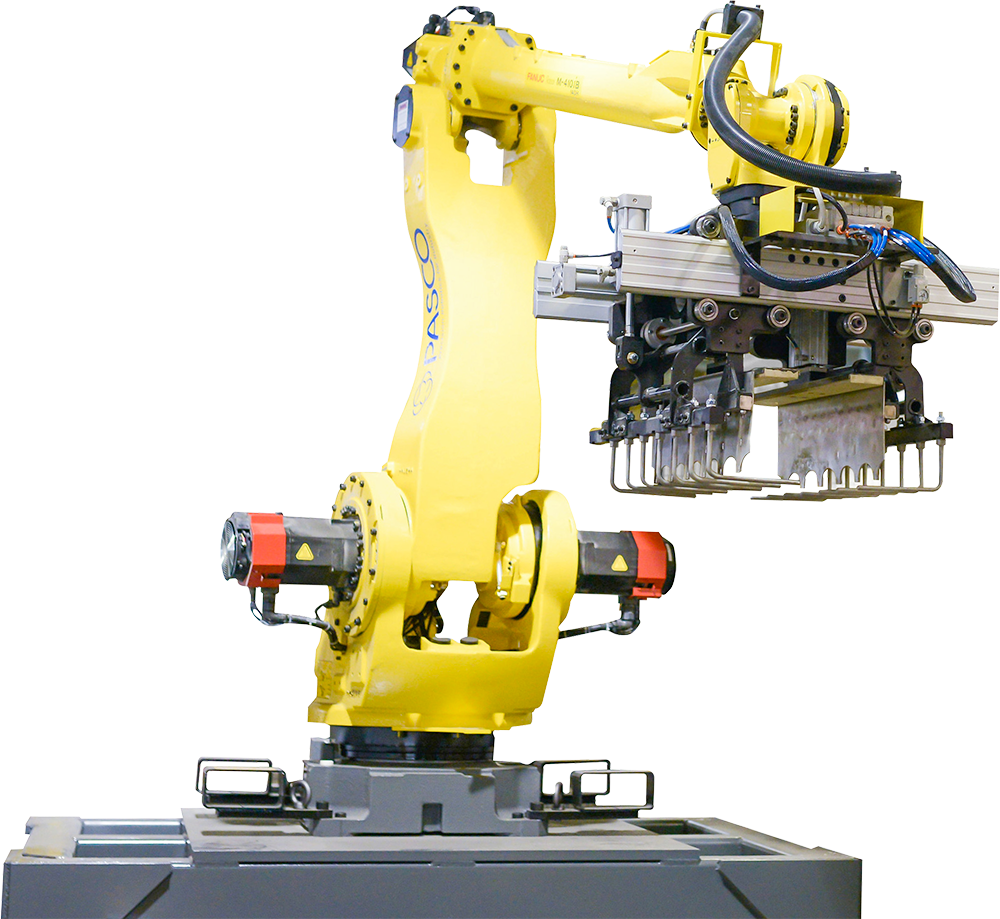Production costs keep climbing while budgets remain tight. Forsmall manufacturers, this squeeze creates tough choices. Economic uncertainty and rising material costs rank among the top concerns for manufacturing leaders today.
While large corporations might respond with massive automation investments, owners of smaller facilities often assume such solutions are beyond their reach. They’re wrong. Strategic automation approaches actually deliver some of the biggest returns in smaller production environments.
Restricted budgets turn into big results for small manufacturers
Small to mid-sized manufacturers often see faster returns on automation investments than their larger counterparts. These operations achieve the best results when starting with strategic assessment rather than equipment selection.
Many managers discover their actual bottlenecks differ significantly from long-held assumptions. Proper analysis prevents investing in automation that addresses symptoms rather than root causes. End-of-line operations like packaging and palletizing typically represent ideal starting points. These functions frequently limit overall production capacity while generating disproportionate safety incidents.
Even a single automation cell addressing specific bottlenecks can dramatically increase facility throughput. The targeted approach maximizes return while keeping upfront investment manageable, which is why small manufacturers typically achieve faster payback than larger operations with more complex integration needs.
Cutting operational costs with industrial automation
Most manufacturers calculate automation ROI based only on eliminated wages. This approach misses the bigger financial picture and understates actual payback speed.
When calculating complete ROI, include all labor-related expenses, not just hourly wages. Recruitment, training, supervision, benefits, overtime and turnover expenses often add 30-40% to base labor costs.
Better financial analysis uncovers several additional cost reductions:
- No overtime costs when production stays consistent regardless of who’s working
- Fewer quality problems and customer complaints
- Less inventory sitting on shelves
- No rush charges or contract penalties from missed deadlines
- More management time for strategic work instead of firefighting
These savings add up fast in smaller operations where managers wear multiple hats. When production issues disappear, costs drop across the business as automation fixes variability problems at their source.
Manual processes create expensive variability. Workers produce at different rates, forcing companies to keep extra inventory. Quality fluctuates, creating rework and warranty claims. Delivery dates become unpredictable. Automation fixes these problems at their source, eliminating their direct costs and the administrative headaches they cause.
Cost-effective automation systems for small manufacturers
Today’s automation solutions offer scalable approaches that grow alongside your operation. Unlike older systems that required complete implementation upfront, modern automation can be deployed in strategic phases that match both operational priorities and available capital resources.
A building-block approach reduces both implementation time and initial investment costs while allowing businesses to address their most pressing pain points first. As each automation cell proves its value, companies can strategically expand their automation capabilities using the same control architecture, avoiding the costs and complications of disconnected systems.
The phased implementation model significantly reduces project risk for smaller manufacturers. Each successful stage builds confidence, provides operational insights and informs future automation decisions. This progressive strategy works particularly well for businesses with limited capital and minimal automation experience.
Automation partners who understand smaller operations design these expandable systems from the beginning, incorporating growth capability from the initial installation. This approach explains why most small manufacturers expand their automation within the first two years after initial implementation, building on proven success rather than starting over.
The value of user-friendly automation & implementation
Modern automation approaches have reshaped accessibility and usability for smaller manufacturers. Today’s technologies feature intuitive interfaces that drastically reduce implementation time and training requirements compared to previous generations. This evolution addresses one of the most significant barriers for smaller operations: the perceived need for specialized technical staff.
The touchscreen interfaces in current systems closely resemble everyday consumer devices, allowing existing personnel to navigate complex functions without specialized training. Operators who use smartphones in their personal lives quickly adapt to modern automation controls, reducing training time from weeks to mere days.
With limited production capacity and tight customer commitments, smaller operations need installation approaches that minimize downtime while maximizing performance from day one. The most successful automation projects front-load engineering work and system validation before equipment ever arrives at your facility. Systems arrive pre-tested and pre-configured, dramatically reducing the time required to reach full production capacity after installation.
Thorough preparation eliminates the common causes of implementation delays. This preparation-focused approach allows installation during scheduled maintenance periods or brief production downtimes rather than requiring extended shutdowns. The most experienced partners routinely complete installs and startup in significantly less time than manufacturers initially allocated, minimizing production disruption while accelerating time to value.
Real results and competitive advantage
Businesses with fewer than 500 employees consistently report measurable benefits from properly implemented automation:
- Increased production capacity without facility expansion
- Decreased direct labor costs in automated departments
- Improved quality consistency at all production speeds
- Reduced workplace incidents in material handling operations
These improvements deliver particular value to smaller businesses facing labor challenges. Physically demanding positions in smaller facilities experience higher turnover rates and remain vacant longer when openings occur.
When manual operations face increasing demand, they typically require proportional workforce expansion. Automated systems transform this equation by allowing significant production growth without corresponding staffing increases.
This automation advantage ultimately allows smaller producers to compete directly with much larger operations. By achieving comparable per-employee productivity, automated small to mid-sized manufacturers maintain competitive unit costs despite lower production volumes.



